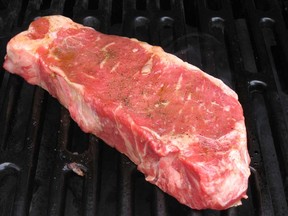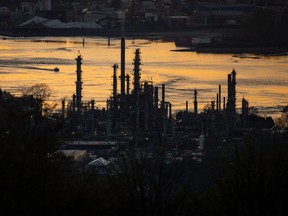Australia’s Beef Industry on Brink of Collapse: A Global Threat to Steak Lovers
The Australian beef industry is facing a severe crisis, with herd sizes at their lowest since the early 1990s. The consequences of this situation could be dire, threatening Australia’s position as the world’s second-largest beef exporter after Brazil.
As the global demand for beef continues to rise post-COVID-19, Australian beef producers are struggling to keep up. The industry is on the brink of collapse, and it’s not just a local issue – it has far-reaching implications for steak lovers worldwide.
The Current State of Affairs: Low Herd Sizes and Insufficient Restocking
According to official data, the ratio of female cattle processed as a proportion of total slaughter stands at 48.2%, which is below the threshold required for a technical rebuild (47%). This means that farmers are not holding onto enough livestock to replenish their herds, leading to an acute shortage of beef.
The situation has been exacerbated by drought conditions in recent years, which forced many farmers to sell off their cattle at rock-bottom prices. While last year’s rains brought some relief, the rebuild season is still underway, and it remains uncertain whether farmers will be able to meet the demands of the market.
Record Prices: A Double-Edged Sword
The surge in demand for Australian beef has led to record prices, which have soared to exceptionally high levels according to Rural Bank’s 2021 outlook. While this may seem beneficial for farmers who can cash in on their livestock, it also poses a significant challenge – many are torn between holding onto their cattle for the rebuild or sending them for slaughter to pay off debts incurred during drought years.
The Global Implications: Trade Agreements and Climate Change
Australia’s beef industry is not just an internal issue; it has far-reaching implications for global trade agreements. With free trade agreements in place, Australia’s shipments face higher tariffs compared to those from the United States. This favoritism towards American beef threatens Australia’s position in key markets like China, Japan, and South Korea.
Furthermore, climate change poses a significant threat to Australia’s beef industry. As droughts become more frequent and prolonged, farmers must adapt quickly to rebuild their stock while pastures are green. With the Australian dollar gaining strength, prices for Aussie beef have overtaken those from the US – a rare occurrence in the global market.
A Global Threat: Indonesia’s Switch to Alternative Suppliers
The high prices of Australian beef have even prompted strikes by local meat sellers in Indonesia, Australia’s largest export market for cattle and beef offal. In response, the Indonesian government has warned that it will seek alternative suppliers, further threatening Australia’s exports.
Conclusion: A Call to Action for Sustainable Beef Production
As the world’s second-largest beef exporter faces collapse, it’s essential to take a step back and assess the industry’s sustainability. The Australian beef industry must adopt innovative and sustainable practices to rebuild its herds while minimizing the environmental impact of farming.
By doing so, Australia can maintain its position as a major player in the global beef market, ensure a steady supply of high-quality beef for local consumers, and safeguard the livelihoods of farmers who depend on this industry. The clock is ticking – it’s time to act before it’s too late.



